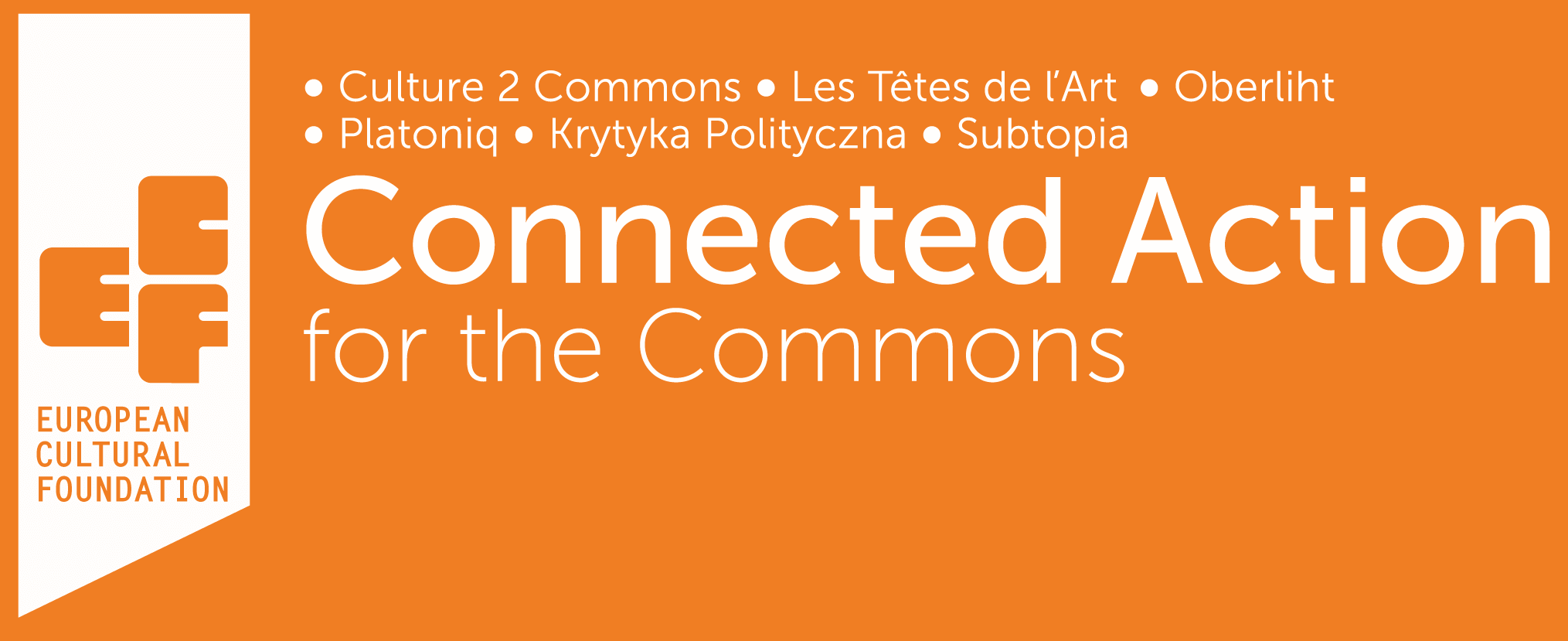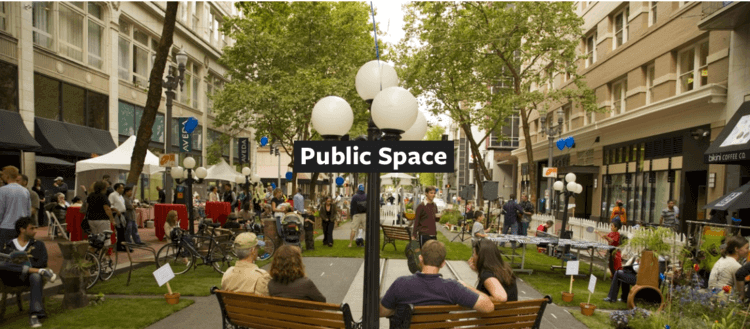Els Leclercq from Studio Aitken Urbanism will open the evening with a presentation on the privatization of public spaces. Why is this an issue and what can be done about it? What role do users and designers play in this process?
In the second part of the evening, projects that engage the community in different ways will be discussed. Reem Khedr will illustrate the issue of taking back control. City Castles/Invisible Shadows explore the possibilities of revitalizing unused buildings through artistic and cultural activities in Port Said, Egypt. See this video to learn more about Reem’s project, which she presented at the 2015 Idea Camp in Botkyrka and for which she received an R&D grant:
The heart of the new neighbourhood Sportheldenbuurt (Zeeburgereiland) is formed by an Urban Sports Zone. This public area is, just as the rest of the neighborhood, designed together with the new community of this new part of the city. Iris van der Helm, urban designer for the municipality of Amsterdam, will tell all about the process and the way the public space was designed together.
State of Flux developed a method to involve a diverse group of stakeholder in the revitalization of public space. On the moment, Donica Buisman is implementing this method on the Buikslotermeerplein in the north of Amsterdam. The goal is to develop a physical toolkit which gives people all over the world the tools to revitalize their public space.
THIS EVENT IS IN ENGLISH, the entrance is free. To reserve your spot, please visit https://dezwijger.nl/programma/how-to-keep-the-public-space-public
In this series organized by Pakhuis de Zwijger in collaboration with Architectuurcentrum Amsterdam and ECF, we take a closer look at the public space. The simple way to describe the public space is an open space that is accessible to people. However, the way public spaces are designed and function within a city is less straightforward. During three meet-ups we will discuss current themes and questions surrounding public spaces. What role does public space have in connecting communities? How can we make a climate adaptive public space? How can the public keep control over spaces that are becoming more privatized?

